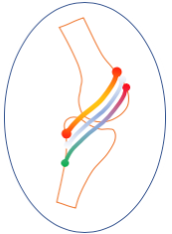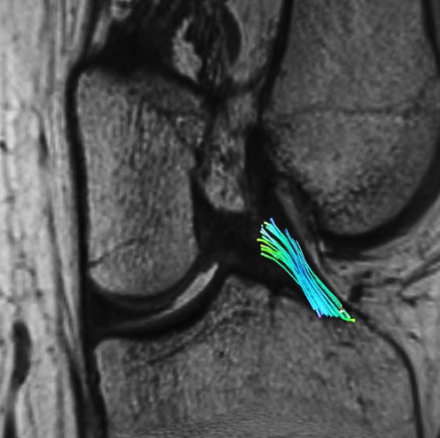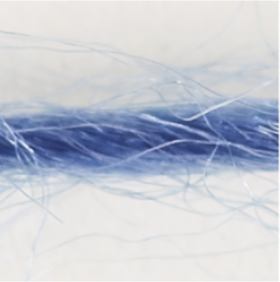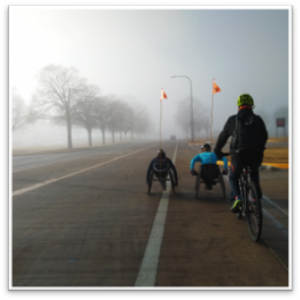
We study the ligaments, tendons, and joint capsules within articulating joints in healthy individuals as well as those who experience damage due to injury. Our aim is to understand the underlying microstructural determinants of mechanical strength.
 | Structure and Function in Knee Ligaments Knee ligaments connect the femur to the tibia, thereby stabilizing the knee joint and transmitting loads through our lower limbs. Developing in-vivo methods to quantify the structure and mechanics of knee ligaments in a clinical setting will improve the treatment of many orthopedic injuries. While magnetic resonance imaging (MRI) is widely used to diagnose and evaluate knee ligament injuries, it is not used to assess the complex multi-scale mechanics of knee ligaments. Therefore, we are developing novel methods for quantifying ligament structure using MRI. Contributors: Roberto Pineda Guzman Collaborators: Biomedical Imaging Center |
||
 | Knee Simulator for Medical Education Knee pain is the most frequently reported joint pain, yet diagnosis of knee ligament injury is a difficult task for physicians to learn. Creating a physical knee simulator with biomechanically realistic passive components such as ligaments could provide consistent training for medical students and lead to improved care for knee injury patients. In this study, we use synthetic fibers and a virtual education window to simulate knee function and train the next generation of doctors. Contributors: Roberto Pineda Guzman, Sara Moshage, Sam Goldsmith Collaborators: Jump Simulation Center Funding: Jump-Arches |
||
 | Reducing Cardiovascular Disease and Shoulder Pain in Wheelchair Users Wheelchair users are at high risk for cardiovascular disease (CVD). High intensity interval training (HIIT) can decrease risk of cardiovascular disease, but it increases the risk for shoulder injuries. This is alarming because 3 out of every 4 wheelchair users already report upper body pain. We pose the question: what exercise regimens could reduce the risk of CVD without increasing the risk of shoulder injury in wheelchair users? We acquire motion capture, EMG, and magnetic resonance imaging (MRI) data in wheelchair users performing high and moderate intensity exercises to quantify risk and determine the safest modes of exercise for wheelchair users. Contributors: Kellie Halloran, Michael Focht Collaborators: Dr. Ian Rice (UIUC, Kinesiology), Disability Resources and Educational Services (DRES) Funding: National Science Foundation, UIUC MechSE Department, American Society of Biomechanics |
||
